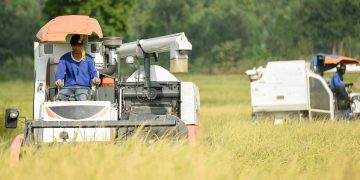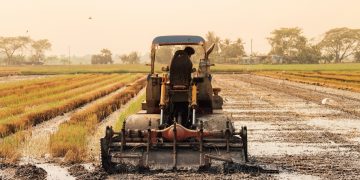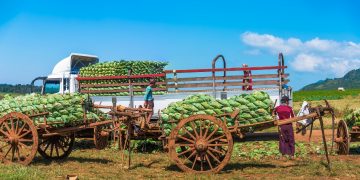Millers were greatly affected by high fuel prices, transportation costs and difficulties accessing electricity and fuel.
This section includes assessments on state of the agrifood system in Myanmar based on the Myanmar Agricultural Performance Survey (MAPS) and key informant phone surveys. MAPS is a nationally and sub-nationally representative phone survey, conducted every 6 months on approximately 5,000 farming households. Assessments in this section will examine input use and input prices, farm management practices, agricultural outputs and output prices, and the impacts of shocks on production. This will be complimented by assessments on key actors in the agrifood systems, such as mechanization service providers, agricultural input retailers, agricultural commodity traders, rice millers and food vendors.
Monitoring the Agri-food System in Myanmar: Agricultural Crop Traders – August 2022 survey
Crop traders are important actors in the mid-stream of Myanmar’s food supply chains.
Monitoring the Agri-food System in Myanmar: Agricultural Input Retailers – July 2022 survey round
As a result of price increases and sales declines for inorganic fertilizer, Myanmar may see declines in paddy production in the 2022 monsoon season.
Monitoring the Agri-food System in Myanmar: Mechanization Service Providers – July 2022 survey round
Revenue prospects among mechanization service providers (MSPs) continue to remain dire in 2022 and increases in operating costs are also more commonly perceived among MSPs.
Myanmar Agricultural Performance Survey (Q1 2022): Farmgate prices and marketing by crop farmers
Prices of crops linked to export markets increased more because of international price changes as well as the Myanmar Kyat depreciation than crops marketed domestically.
- « Previous Page
- 1
- …
- 4
- 5
- 6
- 7
- 8
- …
- 13
- Next Page »




